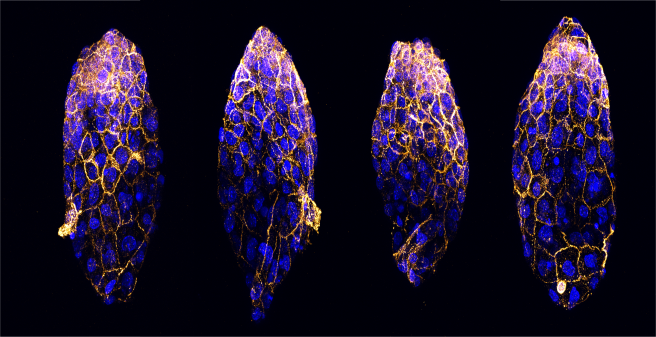The Kohler Lab
Molecular and Cellular Dynamics of Embryonic Development
During early mammalian development, the pre-implantation embryo includes the epiblast, the pluripotent lineage that gives rise to all embryonic tissues. As the embryo implants into the uterus, pluripotency progresses through distinct phases, marked by dramatic morphological changes and rewiring of gene regulatory networks. Embryonic stem cells (ESCs) and induced pluripotent stem cells (iPSCs) capture key features of the epiblast, serving as powerful in vitro tools to study early development, regenerative potential, and cell fate decisions. At the University Medical Center Hamburg-Eppendorf, our group investigates the principles governing early embryonic development, translating these insights into disease mechanisms and cross-species applications.
We aim to address the following questions:
- How is pluripotency established, maintained, and executed in the early embryo, focusing on the role of cell-cell adhesions in regulating transcription and developmental transitions?
- How can insights from molecular mechanisms of early development, particularly cell-cell adhesions and transcriptional regulation, illuminate disease processes and guide the development of targeted therapies?
- How are pluripotency and cell fate mechanisms conserved or divergent across mammalian species, and what can we learn from these evolutionary adaptations to advance regenerative medicine and reproductive technologies?
By integrating developmental biology with disease models and comparative studies, we seek to uncover the cellular and molecular anatomy of early development, advancing regenerative medicine, reproductive health, and maybe even our understanding of biodiversity . For a full list of publications, have a look here !
